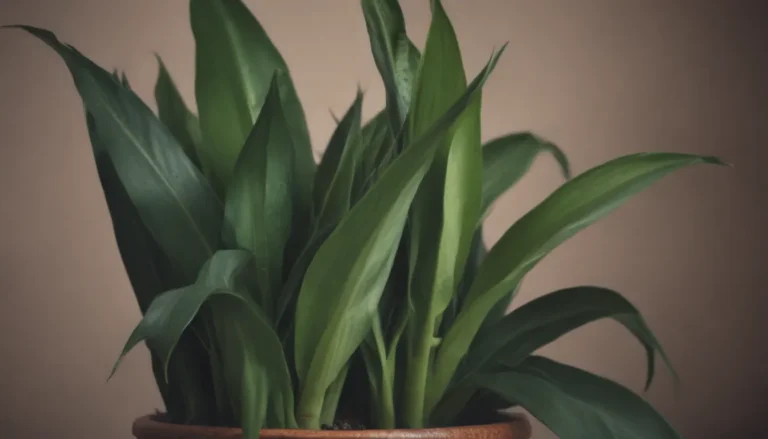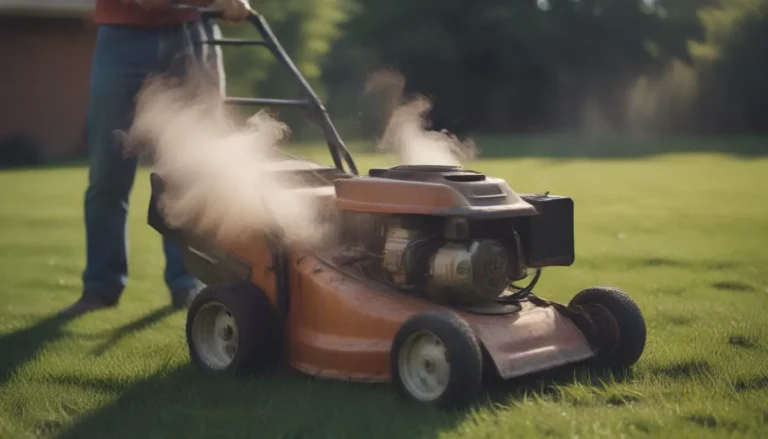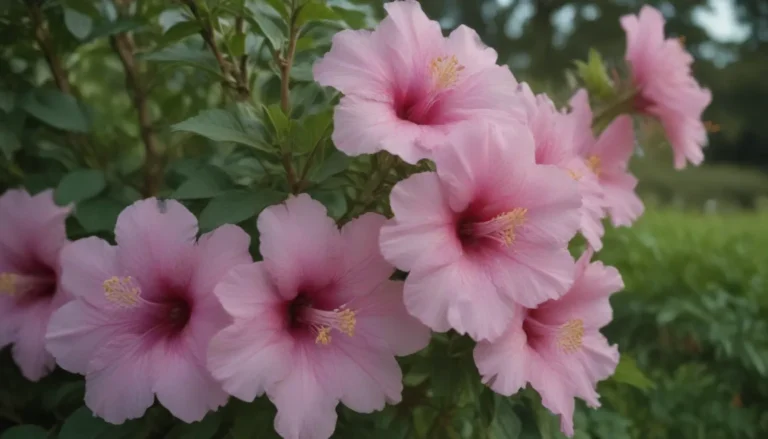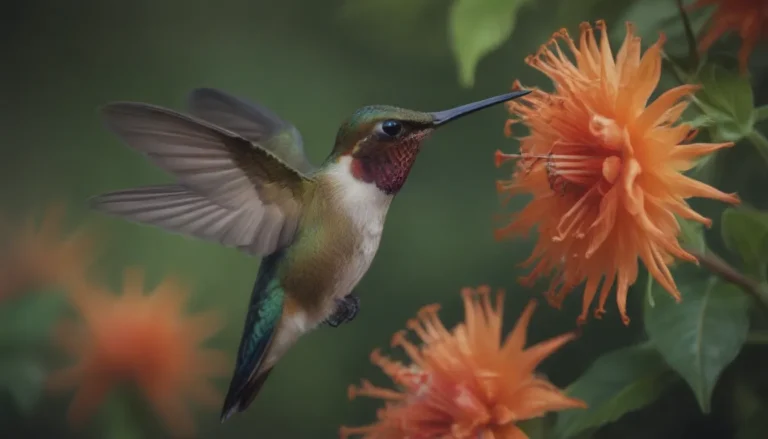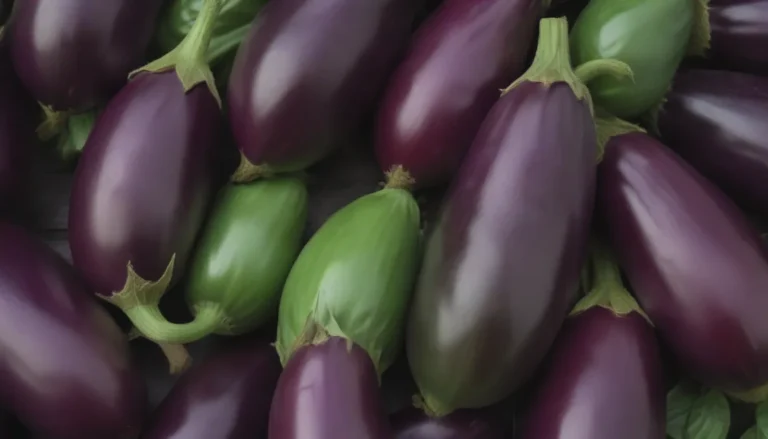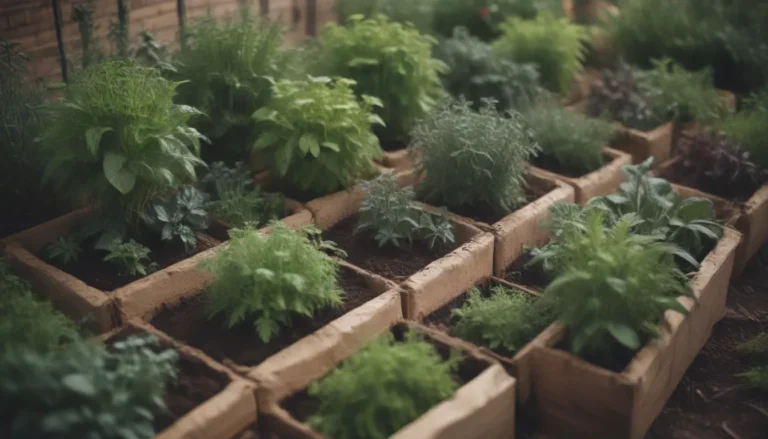Planting, Growing, and Harvesting Asparagus: A Beginner’s Guide
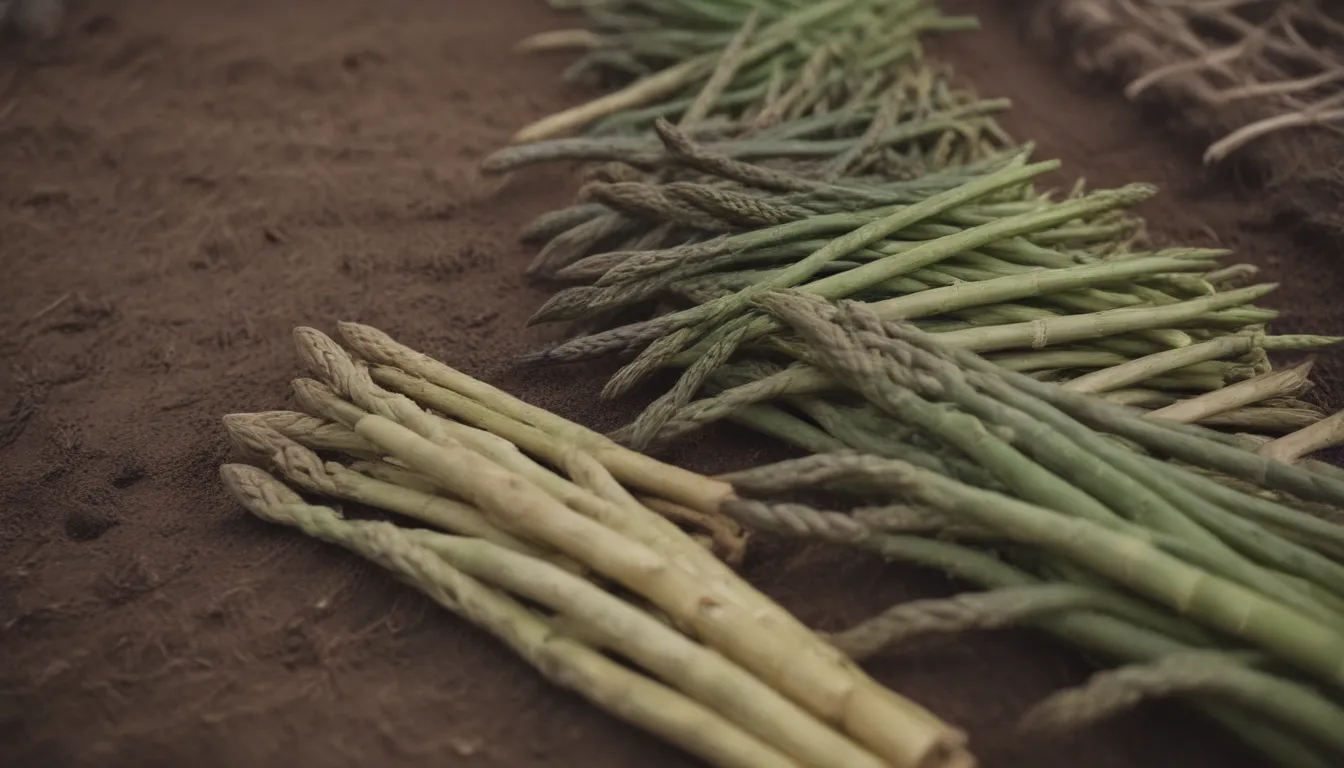
Are you looking to add a unique and delicious perennial vegetable to your garden? Asparagus might be just what you need! Not only is asparagus one of the first vegetables ready to harvest in the spring, but it is also one of the few perennial vegetables that you can grow in your own backyard. In this comprehensive guide, we will walk you through everything you need to know about planting, growing, and harvesting asparagus at home. Let’s dive in!
Planting Asparagus: Getting Started
When to Plant
If you’re eager to get started on your asparagus adventure, you can plant it from seed about four weeks before the last expected frost. However, keep in mind that starting from seed will add several years to your wait time. For a faster harvest, most gardeners prefer to grow asparagus from crowns, which are readily available in the spring.
Selecting a Planting Site
Asparagus plants can thrive for years in the same spot, so it’s essential to choose a suitable location with all the right growing conditions. Consider designating a separate bed in your vegetable garden for your asparagus to ensure optimal growth.
Spacing, Depth, and Support
Proper spacing is crucial for healthy asparagus plants. Plant your crowns 12 to 18 inches apart to allow them room to grow. Asparagus crowns are typically planted in a trench about 12 inches deep and 12 inches wide. Make sure to cover the crown with soil and water thoroughly. As the shoots appear, continue filling the trench with soil until it’s flush with the ground. Remember to remove weeds and add mulch to control weed growth.
Asparagus Care: Keeping Your Plants Healthy
Light
Asparagus plants thrive in full sun, so make sure they receive plenty of sunlight each day to ensure robust growth and healthy spears.
Soil
For a long-lived perennial like asparagus, it’s essential to improve your soil quality. Work in plenty of organic matter and maintain a neutral soil pH between 6.5 to 7.0. Ensure the soil drains well to prevent waterlogging.
Water
Regular watering is essential for asparagus plants, especially during the first two years of growth. Provide young plants with 1 to 2 inches of water per week, while older plants need about 1 inch per week. Consider using drip irrigation or a soaker hose to keep your plants adequately watered.
Temperature and Humidity
Asparagus plants prefer temperatures between 70 to 85 degrees Fahrenheit during the day and 60 to 70 degrees at night. Shoots will start to grow when the soil temperature reaches 40 degrees, so be mindful of potential frost damage. Avoid extreme temperatures to promote healthy growth.
Fertilizer
To support healthy root development, add compost, organic fertilizer, and rock phosphate to your asparagus bed. Top dress the soil annually with compost to enrich the soil and provide essential nutrients to your plants. Additionally, fertilize actively growing plants in mid-spring as needed.
Types of Asparagus: Choosing the Right Varieties
When selecting asparagus varieties for your garden, consider newer cultivars that are bred to be all male. Some popular choices include:
- ‘Mary Washington’
- ‘Jersey Giant’
- ‘Brock Imperial’
- ‘Princeville’
- ‘Purple Passion’
Green vs. White Asparagus: Exploring the Differences
While green and white asparagus come from the same plant, they differ in color due to the blanching process. White asparagus is grown without light exposure, resulting in its pale color and delicate flavor. Both varieties are delicious and versatile in culinary applications.
Harvesting Asparagus: Patience Pays Off
In most cases, you won’t be harvesting your asparagus spears until the third year after planting. Here’s a timeline to guide you:
- First year: Planting and establishment
- Second year: Continued growth and root development
- Third year: Initial harvest begins
- Fourth year: Increased harvest yields
- Fifth year and beyond: Bountiful harvests for years to come
Overwintering: Preparing Your Plants for the Cold
Asparagus plants need to be cut to the ground each year before new growth starts. Consider removing the stalks in the fall or winter to prevent pests from overwintering. Alternatively, leave the stalks standing to provide insulation for the crowns against freezing temperatures.
Common Pests & Plant Diseases: Protecting Your Crop
While asparagus is relatively low-maintenance, it may encounter pests and diseases. Fusarium wilt and asparagus beetles are common issues to watch for. Choose resistant hybrid varieties to avoid Fusarium wilt, and manually remove asparagus beetles to protect your plants.
Additional Resources:
- Asparagus Planting Time (University of Missouri Integrated Pest Management)
- White Asparagus Insights (Camire comments for Tribune News Service)
- Frequently Asked Questions for Asparagus (University of Maine Cooperative Extension)
- Impact of Fusarium Infection on Asparagus (Djalali Farahani-Kofoet et al.)
- Asparagus Beetle Management (Morrison & Szendrei)
By following these guidelines and tips for planting, growing, and harvesting asparagus, you can enjoy a bountiful harvest of this delicious vegetable for years to come. Get started on your asparagus journey and savor the rewards of homegrown goodness!
